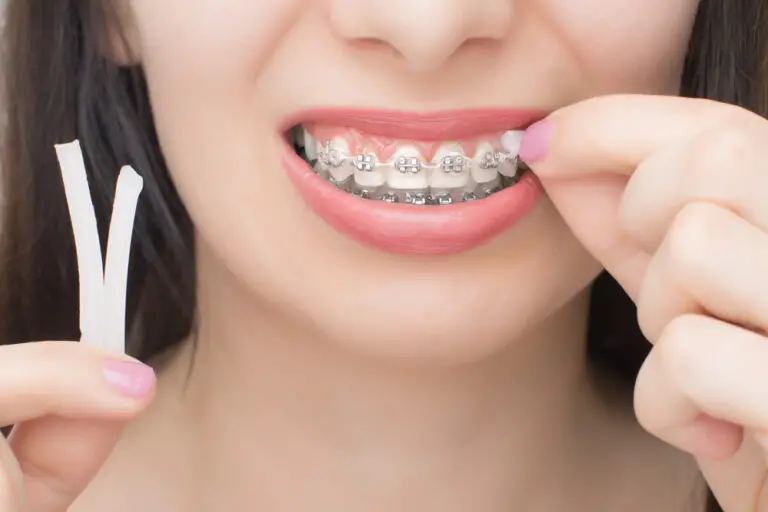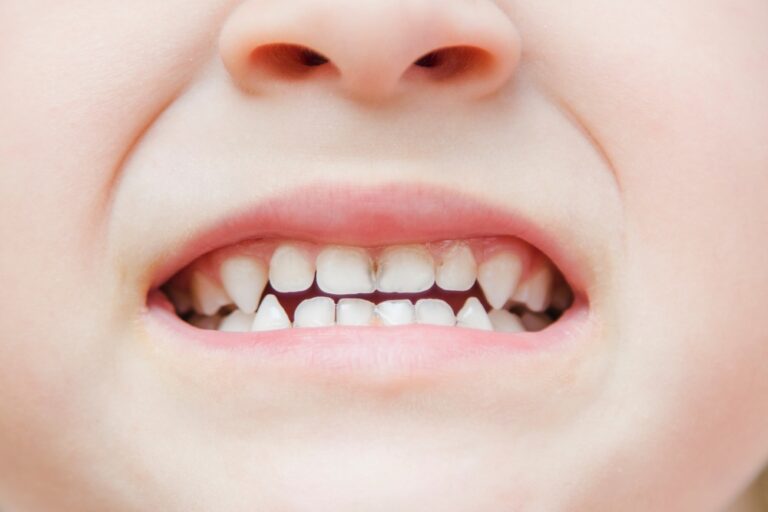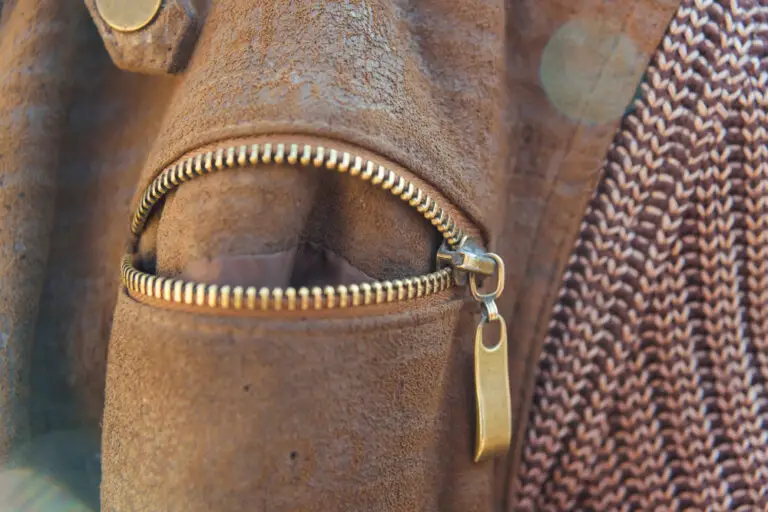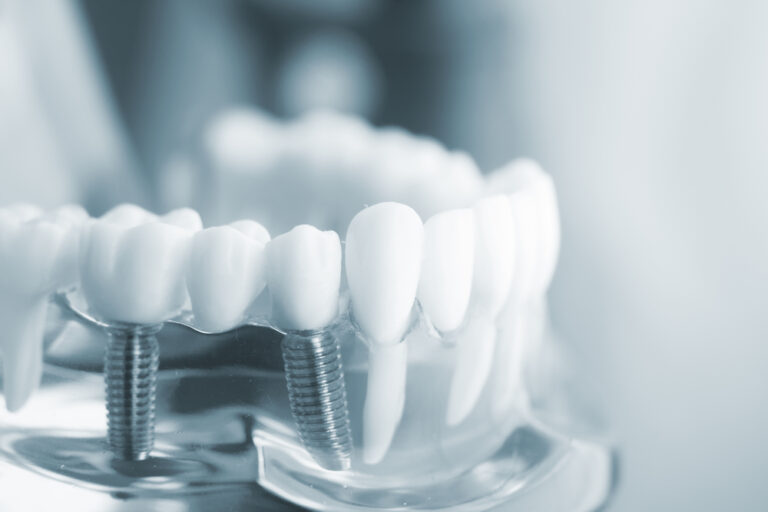What are tooth gems?
Tooth gems, also known as tooth jewels or dental jewels, are small decorative gems or crystals that are attached to the surface of teeth. They are a popular dental accessory that allows people to add some sparkle and flair to their smiles.
Tooth gems are made from various materials including:
- Cubic zirconia – This synthetic gemstone material is crystal clear and highly durable. It has an appearance similar to diamonds. Cubic zirconia tooth gems offer brilliant shine that resembles diamonds at a lower cost. They are less likely to become dull or cloudy over time compared to some other materials.
- Crystals like Swarovski crystals – Swarovski is a premium brand of crystal often used for tooth gems. They are known for their flawless clarity and multitude of colors. Swarovski tooth gems have unparalleled refractive quality.
- Precious gems like diamonds – Natural or lab-created diamonds can also be used for tooth gems. Diamond tooth gems offer unmatched brilliance and timeless elegance. The durability of diamond makes them last many years. They come at a higher price point.
- Ceramic or porcelain – These materials allow for tooth-colored gems that blend seamlessly. Porcelain and ceramic tooth gems mimic the luster and shade of natural teeth. This gives a subtle enhancement.
- Glass – Glass tooth gems come in a spectrum of colors from bold brights to pastels. The smooth surface of glass gems creates a sleek shiny look. Glass is an affordable option though not as durable as crystals.
The gems come in different shapes like circles, hearts, stars, and triangles. The size can range from 1mm to 6mm. Tiny gems of 1-2mm create delicate accents. Large gems of 5-6mm make bolder statements. When professionally applied, the tooth gems are securely bonded to the surface of the teeth through dental adhesive methods.
Benefits of tooth gems
Some of the benefits and motivations for getting tooth gems include:
- Aesthetic appeal – tooth gems can add some glamour and style to your smile. The sparkling gems are eye-catching. Tooth gems can make teeth appear whiter and brighter. It’s a fashionable accessory that draws attention to your smile.
- Self-expression – tooth gems allow you to showcase your personality through your smile. You can choose colors and shapes that reflect your style and mood. Unleash your creativity with custom designs.
- Special occasions – tooth gems are a popular choice for events like proms, weddings, parties, date nights, vacations, concerts, and more. They lend a sense of celebration.
- Affordable – tooth gems are a relatively inexpensive way to accessorize your teeth compared to other major cosmetic dental work like veneers. The cost is accessible to most budgets.
- Temporary – tooth gems can be applied temporarily for a special event or on an ongoing basis. Their versatility allows you to try them out for a short time or long term.
- Easy application and removal – tooth gems can be easily applied and removed as desired since they are bonded on versus permanently altering teeth. This flexibility is key.
- Youthful and playful – tooth gems offer a fun, youthful way to decorate your smile. The colorful gems evoke a sense of lighthearted playfulness.
- Confidence boost – enhancing your smile can increase self-confidence and self-esteem. Tooth gems let your smile shine every time you interact with people.
So for aesthetics, self-expression, special events, or just to try something new, tooth gems deliver sparkle and style!
Who is a good candidate for tooth gems?
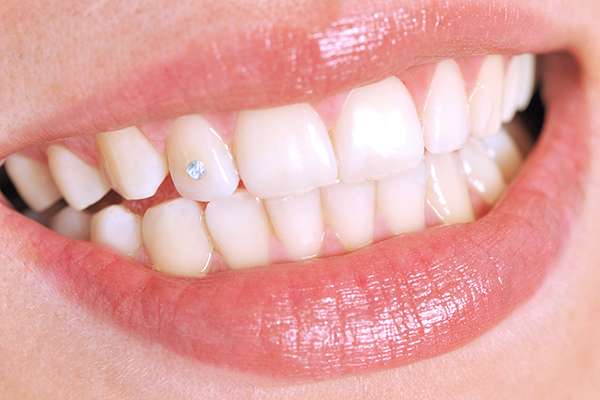
While anyone can get tooth gems in theory if they desire, there are some factors that make a person a better candidate:
- Oral health – Your teeth need to be healthy and cavity-free to get tooth gems. Any tooth decay, fractures, chips, cracks or damage needs to be repaired first to ensure the tooth can properly support a gem.
- Tooth structure – The tooth surface needs to be smooth and intact enough for proper bonding and retention of the gems. For example, teeth with cracks, pitting, open crowns or other anomalies may not properly hold the gems.
- Gum health – Healthy gums that don’t bleed when brushing or flossing and have no recession are important. Gum disease like gingivitis or periodontitis creates inflammation that needs to be treated first before gems should be applied.
- Medical conditions – Some conditions like braces, dental implants or oral sensitivities may preclude or influence the choice of tooth gems. Always consult your dentist first about any dental or medical considerations.
- Lifestyle – Those with very active lifestyles involving consistent close-contact sports may want to reconsider tooth gems which could fall off or damage teeth upon impact. Discuss your hobbies and habits with your dentist.
- Age – Teens and younger children must demonstrate responsible oral hygiene and the maturity to properly maintain any tooth gems before being considered for them. What’s appropriate differs per child.
- Commitment – One must commit to proper oral hygiene, a tooth-friendly diet, and care of the tooth gems for optimal results and longevity. Avoid chewing hard foods like ice that could cause gems to fall off.
So in general, those with healthy dental conditions, good hygiene habits, non-jarring lifestyles, and motivation to properly maintain their tooth gems make great candidates! Your dentist will let you know if they’re suitable for you.
Tooth gem application process
Getting tooth gems is generally a quick and easy cosmetic dental procedure when performed by an experienced professional. Here are the typical steps:
- Consultation – You’ll have an initial consultation with your dentist to evaluate if tooth gems are appropriate for you. Factors like oral health, age, teeth alignment, and desired outcome are discussed. The number of gems and location on teeth is decided. Shade, size and shape preferences are determined.
- Oral examination – The dentist conducts a thorough examination of your teeth, gums, bite alignment and other aspects that factor into the gems’ application. Digital images may be taken. A professional cleaning is usually performed as well.
- Tooth preparation – The teeth are prepared by cleaning, etching, and isolation prior to gem placement. This enhances retention. Any contacts between teeth may be adjusted to prevent gems rubbing off.
- Etching – The surface of the teeth is micro-roughened using a gel acidic etching solution. This removes a minute amount of enamel and creates tiny crevices for the dental adhesive to bind securely inside.
- Wash and dry – The teeth are thoroughly rinsed and dried after etching. Proper isolation ensures totally clean and dry teeth for optimal bond strength.
- Gem test fitting – The tooth gems may be tried on first to confirm proper size, shape and color before permanently adhering them. Tweaks can be made as needed.
- Adhesive application – The dental adhesive is carefully applied on the back of the gem and onto the prepared tooth surface. Special curing light is often used to harden the adhesive fully.
- Excess removal – Any adhesive overflow is meticulously removed for a clean finish. Gems are carefully checked to ensure they are fully secured and smoothly bonded.
- Finishing – Your dentist carefully finishes and polishes the tooth gems using specialized dental tools and polishers. This smoothens any rough edges for maximum comfort and shine.
The gem application appointment takes 30-60 minutes depending on the number of gems. Most dentists recommend a follow up appointment in roughly 6 months to monitor and refurbish the tooth gems as needed for long-lasting results.
Tooth gem costs
The costs of tooth gems can vary greatly depending on these influencing factors:
- Dentist fees – More experienced cosmetic dentists often charge higher fees. Geographic location also impacts costs.
- Number of gems – The more gems applied, the higher the total fees. However, most dentists charge less per additional gem.
- Gem material – Precious gems like diamonds cost more than glass or cubic zirconia. The material impacts price.
- Gem size and shape – Large or ornately shaped gems take more time, effort and material. Simple round gems tend to be most affordable.
- Oral health – People requiring significant dental work before gems may pay more for needed procedures first.
- Your location – Prices are usually higher in major metro areas and costlier states.
According to the Consumer Guide to Dentistry, tooth gems typically range from $45 to $200 per tooth. Here is a table summarizing the average costs:
| Number of Gems | Cost Range |
|---|---|
| 1 gem | $45 – $100 |
| 2-3 gems | $100 – $200 |
| 4 or more gems | $200+ |
Other sources estimate the costs at:
- Simple small gems – $50 – $75 per tooth
- Elaborate designs – $250 – $500 per tooth
So on average expect to invest $75 to $200 per tooth depending on the intricacy of the design. Getting tooth gems on all of your visible upper and lower teeth could cost $500 to $1000 or more. Many dental insurance plans do not cover tooth gems since they are considered a cosmetic procedure rather than a medical necessity. However, using your HSA or FSA accounts for tooth gems may be possible since it is a legitimate dental procedure. Financing options like CareCredit are also available to pay for gems over time.
How to maintain tooth gems
Once you get your sparkling tooth gems, proper maintenance is vital for retaining their glossy appearance and strong bond:
- Brush carefully – Gently brush around the gems at least twice daily, paying close attention to avoid abrasively stripping off the gems. Use extra soft or sensitive toothbrush bristles and minimal pressure.
- Floss with care – Floss very gently around the gems, being cautious not to catch the floss on the gems and accidentally pry them loose or scratch them. Plastic flossers or soft wax floss may help.
- Avoid certain foods – Hard, crunchy, chewy, sticky foods could potentially loosen or damage gems. Avoid popcorn, nuts, hard candies, caramels, taffy, ice, beef jerky, and very crunchy raw veggies.
- Eat carefully – Consume foods slowly and gently, avoiding biting directly on the gems. Cut harder foods into small pieces. Remain mindful when eating.
- Get professional cleanings – See your dentist for regular professional cleanings every 6 months to gently remove buildup and plaque around gems and ensure they stay firmly attached.
- Don’t pick at them – Avoid picking at, prying, or pushing on the gems with fingers, nails, or any objects which could quickly loosen the adhesive bond and make them fall out prematurely.
- Use recommended products – Use toothpastes, mouthwashes, chewing gum, etc. designed for sensitive teeth and dental work. Harsh ingredients could erode gems or bonding.
- See your dentist – If a gem falls off, chips or feels loose, book an appointment immediately to have it rebonded or replaced. Leaving a gap unattended compromises other gems.
With proper care and maintenance, tooth gems can realistically last 6-12 months or possibly longer before needing replacement. Eventually the adhesive bond weakens and gems need to be reapplied for optimal aesthetics.
Are there risks or side effects?
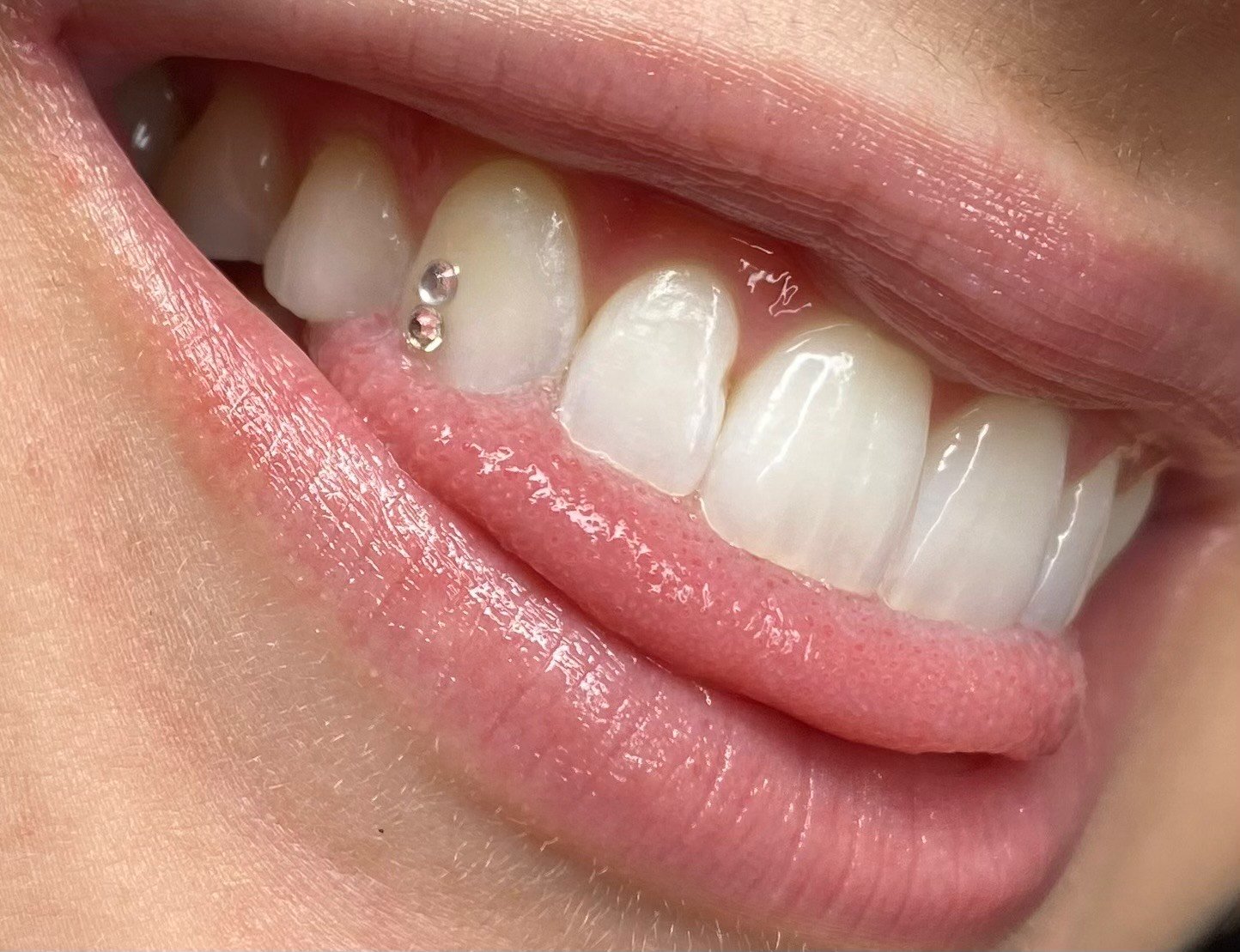
While tooth gems pose few major health risks when done properly, there are some considerations:
- Tooth damage – Improper application or removal could potentially damage the enamel. However, most dentists are highly trained in appropriate adhesive procedures and tools to safely avoid this.
- Tooth sensitivity – Temperature sensitivity around the gems is common especially right after application as the teeth adjust. Sensitivity usually resolves within a few weeks. Lingering sensitivity may indicate an issue.
- Gum irritation – The gems or adhesive may irritate gums in some cases, leading to inflammation, swelling or hyperplasia. Proper oral hygiene helps prevent irritation.
- Infection – Poor sterilization during application could lead to infection of the gums. However, any dentist should adhere to rigorous infection control and sterilization protocols.
- Allergies – Rarely, certain people may be allergic to some dental adhesive components. Let your dentist know of any allergies or sensitivities you may have. Test a small patch first.
- Chipping or cracked gems – Biting down too hard, especially on hard foods, could potentially crack the gem or the underlying tooth. Cracks allow bacteria and stains to penetrate and should be addressed quickly by your dentist.
- Aspiration or swallowing – There is a small risk of accidentally aspirating or swallowing loose gems which could pose a choking hazard or internal damage. Dental professionals are trained to ensure proper isolation and retention to avoid this.
- Breakage and loss – While annoying, tooth gems falling out or needing replacement every 6-12 months is expected. So the risk is more just the inconvenience and cost of redoing them.
With proper technique by a skilled dentist, careful patient selection, and good home care, risks of tooth gems remain very low. Work with an experienced cosmetic dental professional to minimize any problems.
Tooth gem precautions
There are some general precautions you should keep in mind with tooth gems:
- Consult your dentist about suitability for tooth gems based on your unique oral health, age, lifestyle and other factors. Don’t apply gems yourself.
- Follow your dentist’s instructions exactly for proper care like avoiding certain foods that could damage gems. Listen to any restrictions.
- Brush and floss very gently around the gems, taking extreme care not to disrupt them when cleaning your teeth.
- See your dentist immediately if a gem falls out, chips or feels loose so it can be rebonded promptly. Leaving a gap can compromise retention.
- Avoid pressing, picking, prying or playing with the gems with fingers, tongue or any objects which could dislodge them. Don’t bite your gems.
- Take extra safety precautions for children like supervising brushing closely, placing gem on back teeth out of reach of tongue, and removing for sports. Monitor for trying to pry out gems.
- Remove gems before contact sports, dental exams and cleanings to prevent damage and allow for proper assessment and cleaning access to the teeth.
- Monitor for any irritation, inflammation, discomfort or changes around the gems and see your dentist promptly if issues arise. Don’t delay getting checked.
- Expect to get gems redone or replaced around every 6-12 months on average for best aesthetics. Budget accordingly.
Tooth gem FAQs
Here are answers to some frequently asked questions about tooth gems:
How long do tooth gems last?
With proper oral hygiene and care, tooth gems typically last 6-12 months before the adhesive bond begins to weaken and gems need replacing. However, some may begin falling out after just a few months, while others may exceed a year with diligent care. Duration depends on individual factors.
Do tooth gems damage teeth?
When applied correctly by a professional, the gems pose very minimal risk to tooth enamel or oral health. Harsh at-home removal or picking could potentially cause minor enamel scratching in some cases. Overall damage is very rare with proper technique.
Do tooth gems hurt?
You may have some temperature sensitivity around the gems initially that resolves quickly. Gems themselves are painless when bonded properly. However, cracked gems or underlying teeth could become painful if left untreated. Immediately see your dentist for any pain.
Can you eat with tooth gems on?
Avoid very hard, crunchy, chewy, sticky foods that could loosen gems. But you can eat most foods in moderation as long as you do so gently and avoid biting directly on the gems. Softer foods are ideal. Cut up hard foods.
How are tooth gems removed?
Don’t attempt to remove gems yourself. Your dentist uses specialized tools like a dental drill, dental pick or adhesive remover to gently detach the bond between the gem and tooth when it’s time for removal or replacement. Forcing gems out yourself risks damaging teeth.
Are tooth gems right for you?
Tooth gems can be a fun, reversible way to decorate your smile for special occasions, everyday wear, or just as a beauty experiment. If you have healthy teeth and gums, good hygiene habits, a tooth-friendly diet, non-jarring lifestyle, and motivation to properly maintain gems, they pose low risks for most people. Unlike permanent dental alterations, tooth gems allow you to try out a look temporarily and can be removed if desired. Their sparkle and self-expression are unmatched. Discuss options with your cosmetic dentist to decide if tooth gems suit your situation. With professional application and proper care, embellish your smile with these dazzling accessories!

